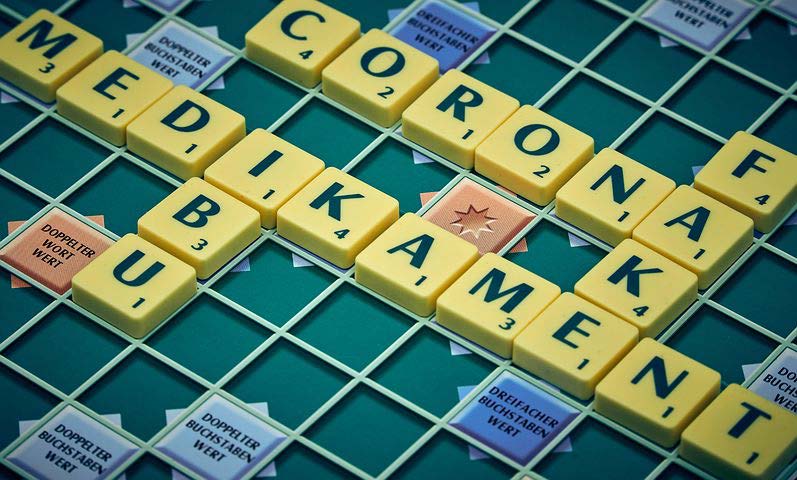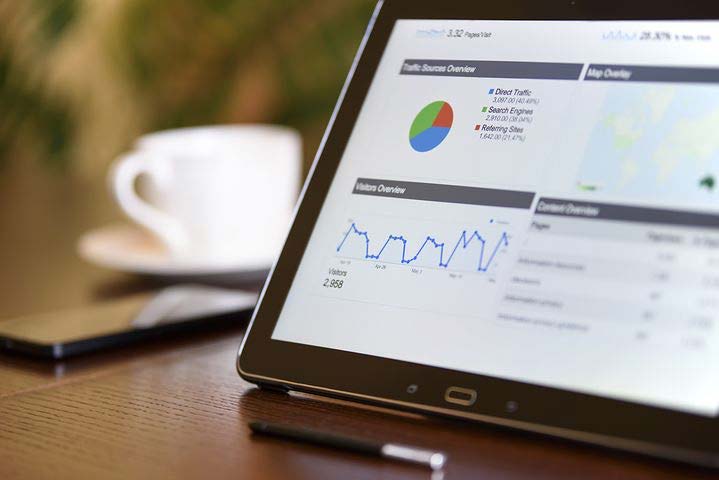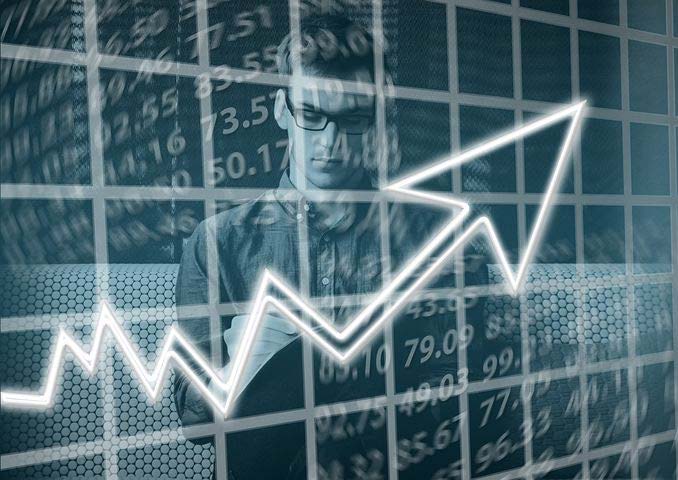Fakenews
Newspapers are renowned for their attention grabbing headlines. The obvious aim for any journalist is to write a story that is going to be read by as many people as possible. It is generally accepted that headlines are loud and punchy, while summarising an entire article in just a few words – no mean feat. It’s not a secret that many, if not all, of the well respected global newspapers embellish or exaggerate their headlines in order to pique readers’ curiosity.
Whatever your personal opinion on this, it is not generally considered to be a problem unless those brash headlines are misleading. What is more problematic is this idea of ‘fake news’, a term that has really gained traction in the last few years, in no small part thanks to the Donald Trump style of politics, where facts don’t always seem to feature heavily, provided the desired narrative can be conveyed. One independent article suggests that Trump has made a staggering 15,000 misleading or inaccurate statements since becoming president1.
Fake news is, however, not a new phenomenon. As long as people have lived in communities, before the days of newspapers, stories have passed from person to person. Along the way information is changed until the account barely resembles the original events. In today’s globalised world misinformation can be a serious issue. What may start off as an innocuous story can be twisted and turned to push an agenda, whether to scaremonger to gain political following, or to convince people that they will achieve their goal weight if only they take a particular set of ‘supplements’. In short, fake news can be harmful and deceptive, often to the most vulnerable members of society.

The Truth about COVID-19
Today we live in a data driven world. Everything is governed by numbers and statistics. Politicians, teachers, the police and essentially all within the private sector use data trends to justify their policies, be it to convince a board of governors how well their school is doing, demonstrate the successes of new measures taken to prevent knife crime, how well their company is performing on a quarterly basis, as well as countless other examples.
At the time of writing, we are in the midst of a global pandemic causing universal disruption, the likes of which hasn’t been seen since the end of World War II. Understandably, given the magnitude of the situation, we are inundated with news stories relating to coronavirus. How long will quarantine last? How many cases are there worldwide? Have we reached the peak of infection? These questions can only be answered if we have the correct data. The World Health Organisation (WHO) has large teams of researchers and scientists working to ensure that accurate and reliable information reaches the masses. Data for the number of coronavirus cases within the UK and many other nations comes predominantly from Johns Hopkins University Center for Systems Science and Engineering2.
While this data is undoubtedly obtained with the utmost integrity, the overall picture is still skewed. The number of people tested in each nation varies wildly, those nations that test more, unsurprisingly report a higher number of cases. A lack of consistency between countries is problematic because it might seem like a countries measures to suppress the spread are working, whereas in reality it might well be that confirmed cases and deaths are underreported.

A lack of consistency within data
Chief Scientific Adviser Sir Patrick Vallance has regularly pointed out that the only thing we’re quite certain of is the number of people that have received a positive coronavirus test from the lab and the number of people that have subsequently died. It is often stated that the true ratio of deaths to cases is probably one death for every 1,000 cases so there are now likely tens, if not hundreds of thousands of cases in the UK that haven’t been identified3.
Modelling the spread of a virus requires data that is precise and accurate, without precision the models give huge discrepancies. Registered deaths in the UK, for example, do not necessarily relate to the number of people that have died in the previous 24 hours4. There is usually a delay between the actual time of passing and registered death, partially because of the need to contact relatives and other administrative difficulties.
While hospitals and medical experts are doing all they can to help in these unprecedented times, they are severely hampered in their efforts by a lack of quality testing. Two well respected members of the medical community, Professor Woodcock and Dr Gill, both estimate that the rate of false negatives could be around 30 per cent, meaning that of 100 false tests, 30 of those undiagnosed patients could actually have the virus5. It is all but impossible to state whether the social distancing measures are effective with such low quality testing and poor reporting of the facts.
To give any meaningful prediction about how much longer quarantine will continue, how many people will remain at risk, or if and when some level of herd immunity will be achieved we need more standardised data sources that are reliably reported.

Blockchain and data storage
Nobody is denying that to understand the precise nature of a virus and how it transmits from one person to another is a monumentally challenging task, yet it is only made more difficult by the inconsistencies between nations and the lack of coordination in data storage and transfer. At this point in the article you may well be thinking that it seems pointless to use this data if it is so fundamentally flawed.
The fact is that with so many different countries reporting in different ways using different techniques, it cannot be expected that complete uniformity is achievable. What can change however, is the introduction of a technology that can bring transparency and clarity as to where the data was sourced and what it actually represents. Mathematicians, statisticians and others from the likes of Johns Hopkins University and WHO would then have a more straightforward job in collating and analysing the data, whilst omitting numbers that were clearly spurious.
Blockchain, with its immutability, and intrinsic transparency could provide the ideal platform for sharing data on a global scale. Any institution would register their findings on the blockchain, provided they were found using a valid scientific method they would also describe precisely what and how they obtained that data.
A wealth of information would then be available to feed into the models, which in theory would be more trustworthy and more enlightening. Smart contracts, those concise pieces of code that automate many transactions on a blockchain, would be used to facilitate sharing of the data between parties and institutions, thereby enabling a near real time update of our current situation.

Data Assurance with the Proof of Trust
Of course it cannot be claimed that smart contracts or blockchain technology is a panacea. Issues associated with extracting meaningful data will always exist, and are mainly down to how the tests are devised. Poorly constructed tests will generate poor data. What blockchain and The Proof of Trust can do is ensure that the extracted data is traceable and fully verified, through our patented technology created in partnership with IBM.
Our expert Delegates can pass judgment on the data submitted to the blockchain, where it was sources, how it was sourced, which methods were employed and so on, before allowing it to enter a public domain. After the data has been more carefully scrutinised, analysts are able to construct models and predictions that better represent reality. The Proof of Trust make smart contracts smarter by ensuring data is assured.
The Delegates of The Proof of Trust are accountable for their actions and adjudicate independently, based on the available information. In this way, data can be verified efficiently and effectively before it is released. The Proof of Trust are working with IBM, a company that boast one of the most experienced team of blockchain engineers anywhere in the world, to provide streamlined solutions on a global scale. Now and in the future, we believe that more uniform trusted data should be available to all.

Summary
Lies, damned lies and statistics was a phrase popularised by Mark Twain and is eminently appropriate here. We have an abundance of statistics available to us concerning the coronavirus, but just how much useful information do these numbers reveal? The conflicting arguments and the associated uncertainty serves to create more confusion and puts greater pressure on our economy and our communities. The Proof of Trust have set out to bring some cohesion amongst society. By restoring trust, people can and will receive a more unbiased report of global events.
References
1. Mindock, C. (2019, December 16). Trump has made more than 15,000 false or misleading statements since becoming president, report says. Retrieved from https://www.independent.co.uk/news/world/americas/us-politics/trump-lies-fake-news-false-claims-totalimpeachment-2020-a9248946.html.
2. Taylor, C. (2020, April 9). This chart shows which European countries are expected to have the highest coronavirus death tolls. Retrieved from https://www.cnbc.com/2020/04/09/uk-will-have-themost-coronavirus-deaths-in-europe-analysts-predict.html
3. Glaister, I., & Garcia, C. A. (2020, April 6). Coronavirus: Can we trust the data? Retrieved from https://news.sky.com/story/coronavirus-can-we-trust-the-data-11966848.
4. Lee, G. (2020, April 2). FactCheck: how reliable are the UK’s coronavirus tests? Retrieved from https://www.channel4.com/news/factcheck/factcheck-how-reliable-are-the-uks-coronavirus-tests.
5. Barr, C., Duncan, P., & McIntyre, N. (2020, April 4). Coronavirus UK death toll: why what we think we know is wrong. Retrieved from https://www.theguardian.com/world/2020/apr/04/why-whatwe-think-we-know-about-the-uks-coronavirus-death-toll-is-wrong.